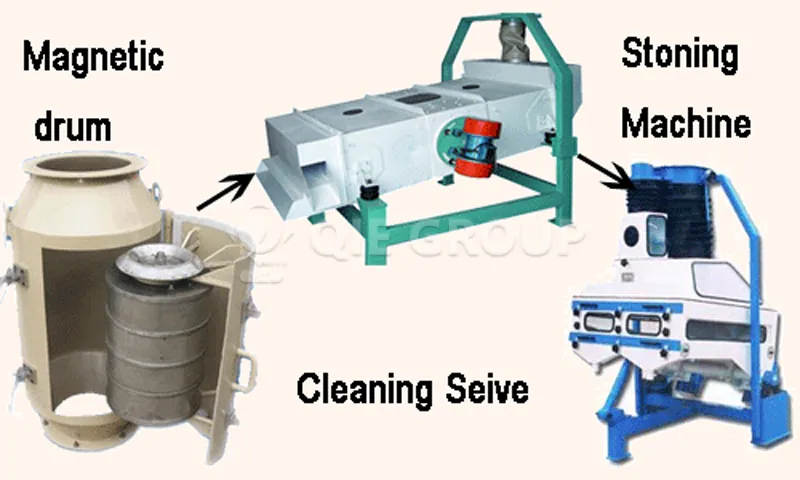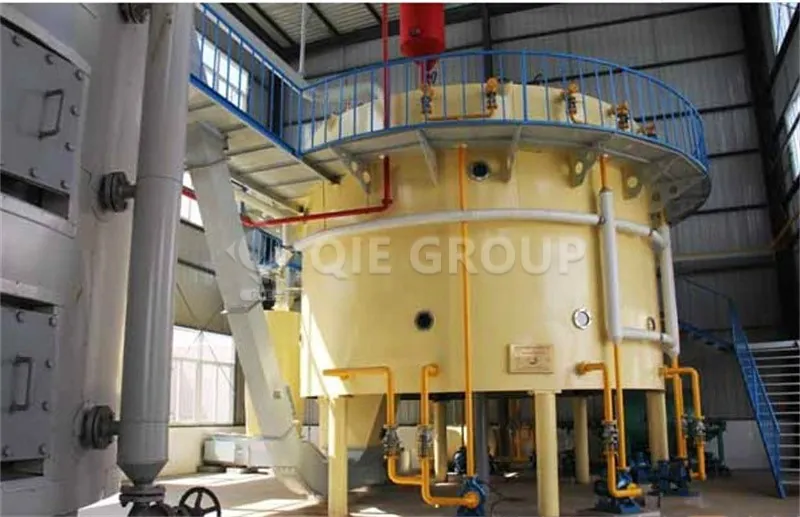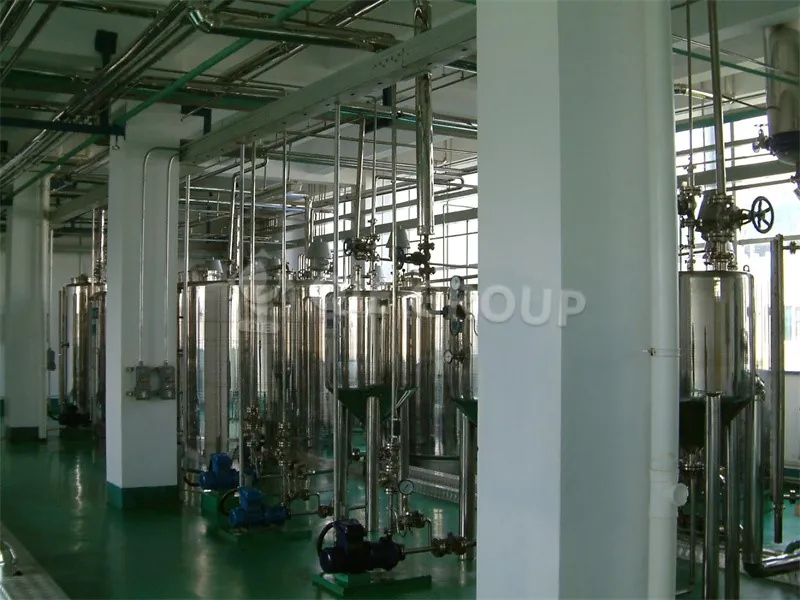

As one of the world's largest edible oils, soybean oil plays an important role in our daily diet. According to the production method, soybean oil can be divided into pressed soybean oil and leached soybean oil. There are significant differences between the two processes in oil extraction. Pressed soybean oil uses a physical extrusion process to extract oil, while leached soybean oil uses a chemical leaching process. When producing, the oil mill will comprehensively consider factors such as output, budget, and oil quality to select the most appropriate production process.
The oil content of soybean itself is about 20%, which is a low-oil variety among common oil crops. In addition, the residual oil rate in the pressing process is relatively high, which will undoubtedly cause a waste of oil resources for soybean oil processing plants with huge output. Moreover, a high residual oil rate will also affect the quality of the cake and bring many troubles to subsequent processing. Therefore, large soybean oil processing plants usually choose leaching equipment leaching process to produce soybean oil.
Due to the low oil content of soybeans, soybean oil can be efficiently extracted in a single leaching process, and the residual oil content of soybean meal after leaching can be controlled below 1%. These soybean meals have a wide range of uses, such as extracting soy protein and as animal feed in many industries. In addition, the oil foot obtained during the refining process can also be used to extract lecithin, which can be used in the pharmaceutical field. The value of these products is even higher than soybean oil itself, which is actually a by-product of soybean processing. This is also one of the reasons why the market price of leached soybean oil is relatively low compared to other edible oils.
During the production process, the extracted soybean oil will go through multiple processes such as dephosphorization, deacidification, decolorization, deodorization, and dewaxing in the refining equipment. These processes can effectively remove impurities and harmful substances in soybean oil, significantly improving the color, quality, and edible safety of the oil. Refined soybean oil can meet the national first-class edible oil standard requirements and can be sold alone on the market or mixed with other edible oils to make blended oil.
The main function of soybean pretreatment equipment is to make soybeans into oil cakes that are easy to extract through processes such as cleaning, crushing, softening, embryo rolling, steaming and frying, thereby improving the extraction efficiency.
Soybean pretreatment equipment includes: vibrating screen, destoner, crusher, flaking machine, steam cooker, etc.

The soybean extraction equipment fully combines the solvent and the oil, extracts the oil from the soybean cake to form a mixed oil, and uses the different boiling points of the solvent and the oil to evaporate, separate and recover the solvent to obtain the extracted soybean oil.
The working stages of soybean extraction equipment are divided into five working stages: soybean oil extraction - leaching soybean meal steaming, drying, cooling - soybean mixed oil evaporation - leaching mixed oil stripping - solvent recovery.

Soybean oil refining equipment is the most important equipment for producing different grades of soybean oil.
According to the quality standards, soybean oil can be divided into four grades. Different grades of soybean oil require different refining processes. The soybean oil refining equipment produces first-grade soybean oil through six main processes: degumming, deacidification, dehydration, decolorization, deodorization, and dewaxing.
Refining equipment can effectively remove phospholipids, proteins, free fatty acids, moisture, pigments, odor substances, mechanical impurities, wax, etc. in soybean oil, improve the quality of the oil, ensure the safety of edible oil, and extend the storage time of the oil.
The oil pressing process is divided into solvent extraction, mixed oil separation, wet meal desolventization, solvent recovery and other processes. In addition to the above processes, a complete oil pressing production line also includes pretreatment processes, refining processes, etc.

While providing customers with high-quality edible oil production line equipment, QIE GROUP also designs production processes based on the characteristics of oil products, provides design drawings and process flow charts, tailors production lines for oil mills, and provides free installation, commissioning, training and other services.








